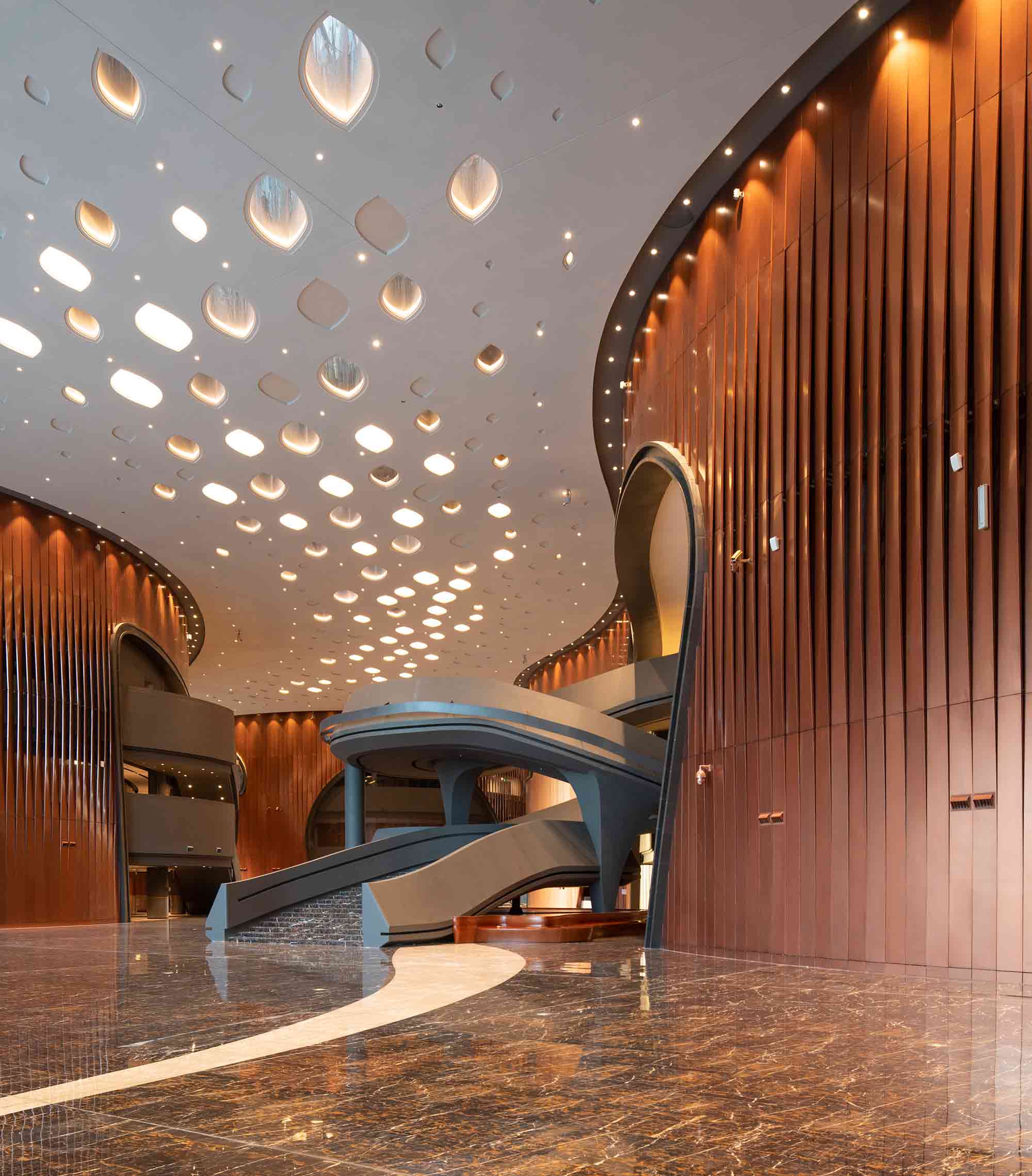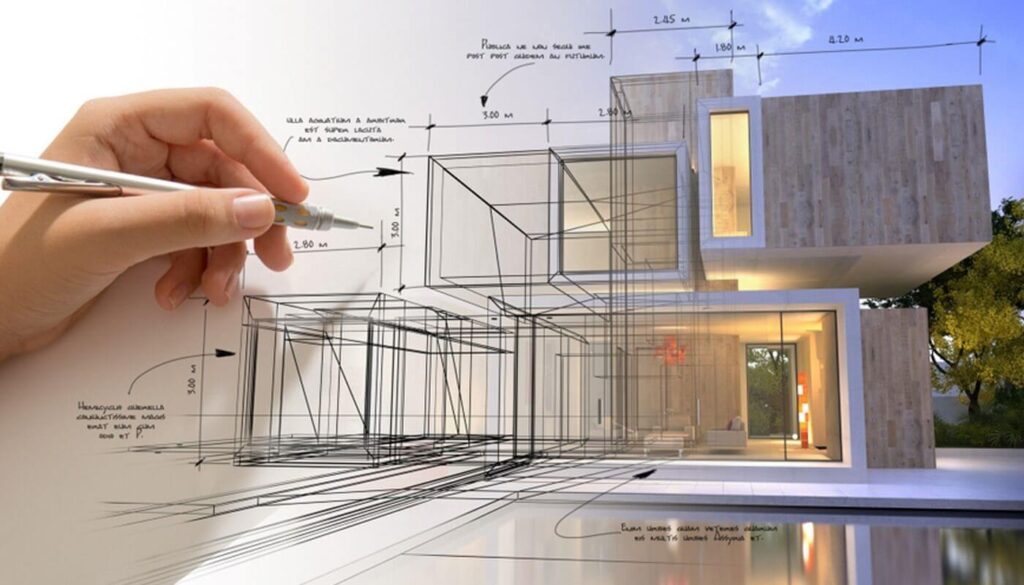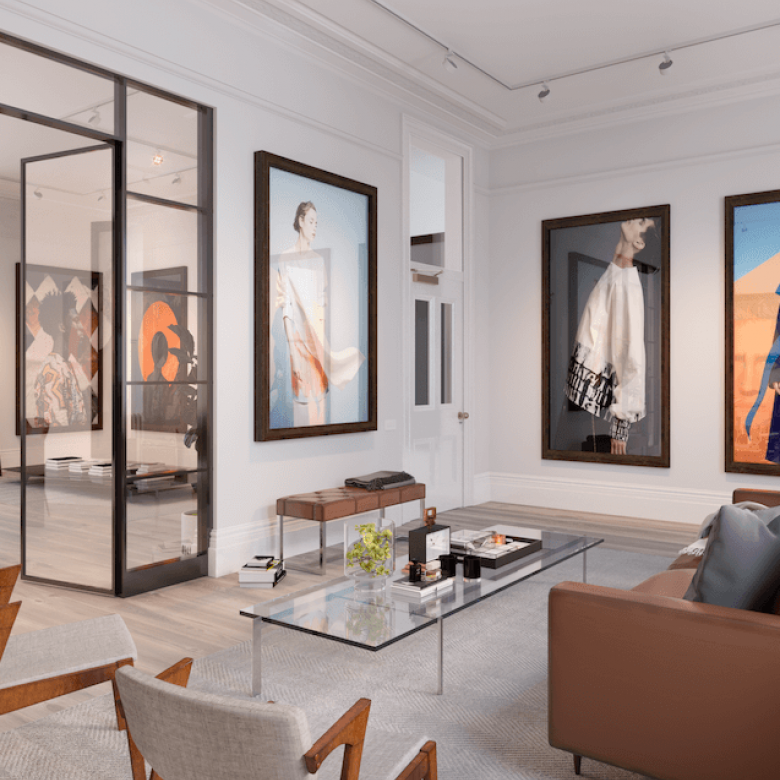The Art of Equilibrium: Just How Interior Design and Home Designer Collaborate for Stunning Results
In the realm of home design, striking an equilibrium between aesthetics and functionality is no little feat. This fragile stability is attained through the harmonious partnership between indoor developers and architects, each bringing their one-of-a-kind know-how to the table. Stay with us as we discover the ins and outs of this collective procedure and its transformative effect on home design.
Understanding the Core Differences In Between Interior Decoration and Home Style
While both Interior Design and home style play crucial duties in creating cosmetically pleasing and functional spaces, they are inherently various techniques. Home style mainly concentrates on the architectural aspects of the home, such as constructing codes, safety policies, and the physical building and construction of the area. It deals with the 'bones' of the structure, working with spatial dimensions, load-bearing wall surfaces, and roofing layouts. On the various other hand, Interior Design is extra worried with enhancing the visual and sensory experience within that structure. It includes picking and arranging furniture, selecting shade systems, and incorporating ornamental components. While they function in tandem, their duties, duties, and areas of expertise diverge considerably in the development of a harmonious home setting.
The Harmony In Between Home Architecture and Interior Layout
The harmony in between home architecture and Interior Design depends on a shared vision of style and the improvement of practical aesthetic appeals. When these 2 areas line up harmoniously, they can change a space from common to extraordinary. This collaboration requires a much deeper understanding of each discipline's principles and the capacity to produce a natural, aesthetically pleasing setting.
Unifying Layout Vision
Linking the vision for home style and Interior Design can produce a harmonious living room that is both practical and cosmetically pleasing. The balance starts with an integrated frame of mind; engineers and interior designers team up, each bringing their know-how. This unison of concepts creates the design vision, a blueprint that guides the project. This common vision is necessary for uniformity throughout the home, guaranteeing a liquid transition from outside architecture to indoor areas. It advertises a synergistic technique where architectural components complement Interior Design elements and vice versa. The result is a natural living area that mirrors the homeowner's preference, way of life, and character. Hence, unifying the layout vision is vital in blending style and Interior Design for sensational outcomes.
Enhancing Functional Looks
Just how does the synergy in between home architecture and interior design boost practical appearances? Engineers lay the foundation with their architectural style, ensuring that the room is functional and effective. An architect may design a house with huge windows and high ceilings.
Importance of Collaboration in Creating Balanced Spaces
The collaboration in between interior developers and designers is crucial in creating well balanced spaces. It brings consistency between layout and style, giving birth to spaces that are not just aesthetically pleasing however additionally practical. Checking Get the facts out effective joint strategies can supply understandings into just how this synergy can be efficiently achieved.
Integrating Layout and Style
Balance, an important element of both indoor design and architecture, can just genuinely be achieved when these 2 areas work in consistency. This collaborative procedure results in a natural, balanced layout where every aspect adds and has a purpose to the overall aesthetic. Harmonizing style and architecture is not simply regarding creating lovely areas, yet concerning crafting areas that work flawlessly for their inhabitants.
Effective Collaborative Techniques

Case Researches: Successful Integration of Layout and Style
Taking a look at numerous study, it emerges how the successful integration of Interior Design and architecture can change a room. The Glass Residence in Connecticut, renowned for its minimalistic beauty, is one such instance. Engineer Philip Johnson and indoor developer Mies van der Rohe teamed up to create a harmonious equilibrium in between the framework and the inside, leading to a seamless circulation from the outside landscape to the inner living quarters. One more exemplar is the Fallingwater Home in Pennsylvania. Architect Frank Lloyd Wright and interior designer Edgar Kaufmann Jr.'s joint initiatives bring about a strikingly one-of-a-kind home that mixes with its all-natural environments. These study underscore the extensive influence of a successful layout and architecture cooperation.

Conquering Difficulties in Layout and Style Partnership
Despite the indisputable benefits of a successful collaboration between indoor design and style, it is not without its obstacles. Engineers might focus on structural integrity and safety, while designers concentrate on convenience and design. Efficient communication, common understanding, and concession are vital to overcome these challenges and linked here accomplish a unified and successful cooperation.

Future Fads: The Advancing Connection Between Home Architects and Interior Designers
As the globe of home style remains to develop, my website so does the connection between architects and interior designers. The fad leans towards a much more integrated and joint technique, damaging without traditional roles. Engineers are no much longer exclusively concentrated on architectural honesty, but likewise take part in improving aesthetic charm - Winchester architect. On the other hand, indoor developers are accepting technological facets, affecting overall format and performance. This advancing symbiosis is driven by innovations in modern technology and the expanding need for areas that are not just aesthetically pleasing however likewise practical and sustainable. The future assures an extra cohesive, innovative, and flexible approach to home layout, as developers and engineers proceed to blur the lines, cultivating a relationship that really personifies the art of balance.
Conclusion
The art of balance in home design is achieved through the harmonious cooperation in between indoor developers and architects. In spite of obstacles, this partnership fosters development and technology in layout.
While both interior style and home style play vital roles in producing aesthetically pleasing and practical areas, they are naturally different techniques.The harmony between home architecture and interior design exists in a shared vision of style and the improvement of useful looks.Merging the vision for home design and indoor layout can create a harmonious living space that is both functional and aesthetically pleasing. Thus, unifying the style vision is crucial in blending style and interior layout for magnificent outcomes.
Just how does the harmony in between home design and indoor design boost practical appearances? (Winchester architect)